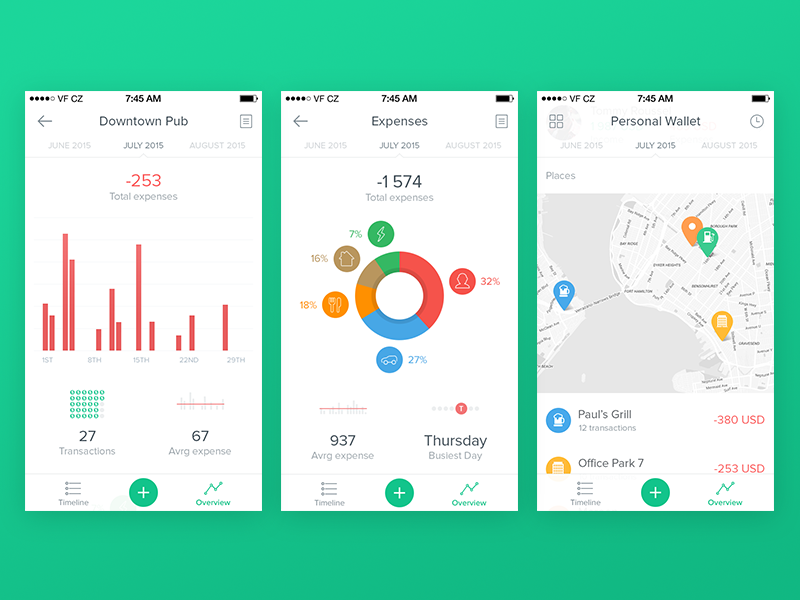The ability of saving money is a crucial part of managing your finances and achieving your financial goals.
Whether you’re looking to build an emergency fund, save for a down payment on a house, or just have some extra cash on hand, setting a goal to save a specific amount of money can be a great way to motivate yourself and stay on track.
I get it, it can be tough to save any amount of money, and saving money isn’t always easy. Between bills, expenses, and the daily temptations to spend, it can be tough to put aside the funds you need to reach your goal. That’s why it’s important to have a plan and a strategy in place to help you save effectively.

The First $1,000 I saved
I remember the first time I set a goal to save $1,000. It was a few years ago and I had just graduated from college. I was starting my first full-time job and wanted to have a cushion of savings in case of any unexpected expenses.
To reach my goal, I started by creating a budget and tracking my expenses. I used a budgeting app to help me identify areas where I could cut costs, such as eating out less and canceling unnecessary subscriptions. I also made an effort to increase my income by taking on freelance work on the side.
If you don’t already have a budgeting app, Mint is great all around and totally free.
One thing that really helped me stay motivated and on track was setting a specific and achievable goal. I broke my goal down into smaller chunks, such as saving $50 per week out of each paycheck and was able to hit my goal in just a few months. I also set a deadline for myself, so I had a sense of urgency and could see my progress.
It wasn’t always easy, but with some discipline and determination, I was able to reach my saving goal. And the feeling of accomplishment and financial stability I gained from reaching my goal was well worth the effort. I learned that with some planning and a clear goal in mind, it is definitely possible to save $1,000 or more.
Tips for Saving $1,000
Below are some basic tips you should follow in order to save $1,000, or more if that is your goal.
Set a specific and achievable goal:
The first step in saving $1,000 or more is to set a specific and achievable goal. Break your goal down into smaller, more manageable chunks, such as saving $83 per month for a year. Set a deadline for achieving your goal, so you have a sense of urgency and can stay motivated.
Create a budget and track your expenses:
A budget is a crucial tool for saving money. By tracking your income and expenses, you can identify areas where you can cut costs and allocate your funds more effectively. Use a budgeting app or spreadsheet to create a budget and track your spending. Be sure to review your budget regularly to make sure you are staying on track.

Cut unnecessary expenses:
One of the easiest ways to save money is to cut unnecessary expenses. Look for ways to reduce your spending on things like eating out, subscriptions, and entertainment. Be mindful of your spending habits and look for ways to save money every day.

Increase your income:
Another way to save more money is to increase your income. This can be as simple as asking for a raise or negotiating a higher salary at your current job, or my personal favorite way of increasing my income which is starting a side hustle. Look for opportunities to increase your income that align with your skills and interests.
Save for specific goals:
In addition to saving a specific amount of money, consider saving for specific goals as well. This could include things like a down payment on a house, an emergency fund, or a dream vacation. By saving for specific goals, you can have a clear focus and motivation for your saving efforts.
Use financial tools and resources:
There are many financial tools and resources available to help you save money. For example, you could use a high-yield savings account to earn interest on your savings, or use a budgeting app to track your spending and identify areas for improvement. Don’t be afraid to seek out help and support if you need it.

Use cash instead of credit:
While I am an advocate for credit cards and the many benefits you can get with points and cash back, I am stepping away from this for these purposes.
Using cash instead of credit can be a helpful strategy for saving money. By using cash, you are more mindful of your spending and are less likely to overspend or make impulsive purchases. Consider using cash or a debit card for your everyday expenses and saving your credit card for emergencies or larger purchases.

Take advantage of discounts and deals:
Look for opportunities to save money through discounts and deals. This could include things like using coupons, shopping sales, or signing up for loyalty programs. You may be surprised at how much you can save by taking advantage of these opportunities.
A great site that I use for discounts and cashback is Rakuten.
Automate your savings:
One easy way to save money is to automate your savings. Set up an automatic transfer from your checking account to a savings account, so you can save money without even thinking about it. This will help you save consistently and reach your goal more quickly.
Stay motivated:
Just like anything you want to be successful at, being persistent and staying motivated is crucial to hitting your goals. Use your saving goal as a source of inspiration and motivation, and remind yourself of the benefits of reaching your goal.
Consider enlisting the help of a friend or family member to hold you accountable and provide support and encouragement along the way.

Conclusion
Whether you are trying to save $1,000 or $10,000 the principals are the same.
With some planning and discipline, you can reach your goal and even surpass it. Use these tips to help you save effectively and stay motivated, and you’ll be on your way to achieving your financial goals.








